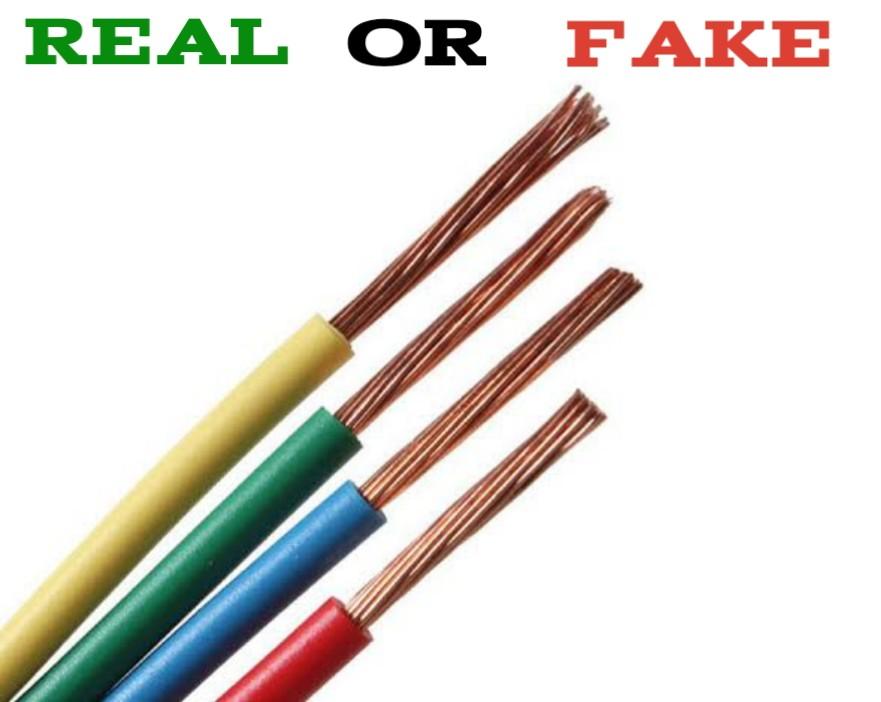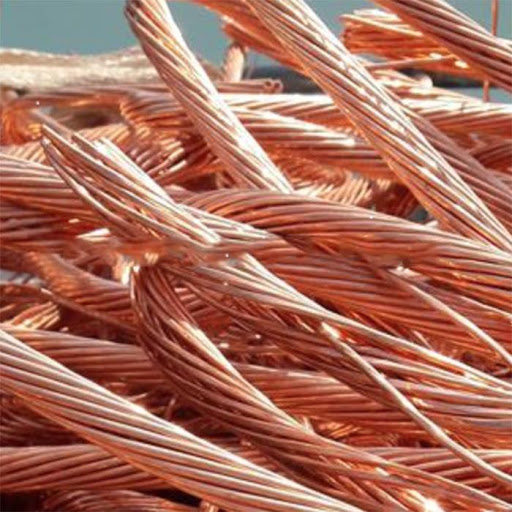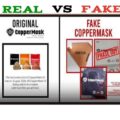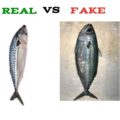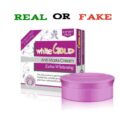Electrical distribution systems are the third leading cause of home structure fires. Each year in the United States alone, arcing faults are responsible for starting more than 28,000 home fires, killing and injuring hundreds of people, and causing over $700 million in property damage. Nine out of 10 (89%) electrical fires are caused by electrical products. A relatively small percentage (11%) are caused by faults in installations or by people not using installations properly. Using a genuine wire and other electrical products can prevent material damage and loss of lives and property.
Copper is the electrical conductor in many categories of electrical wiring. Copper wire is used in power generation, power transmission, power distribution, telecommunications, electronics circuitry, and countless types of electrical equipment. Copper and its alloys are also used to make electrical contacts. Featuring the atomic number 29, this red-brown metal has become essential to our everyday life by helping power countless devices. But copper isn’t the only material that can transmit electricity, so why is it preferred for creating electrical wires?
High Conductivity
Surpassed only by silver, copper is a highly conductive metal. This means electricity can pass through it with greater ease, making it ideal for use in electrical wires. Companies can use other conductive metals to create electrical wires. Unless they use silver, though, the high conductivity properties of copper allow for a greater distance of electrical current travel. Companies can create longer, better performing electrical wires using copper instead of most other conductive metals.
Inexpensive
Copper is also relatively inexpensive when compared to other metals. Gold, for example, is an excellent conductor of electricity, but it costs several times more than copper. If companies used gold to manufacture electrical wires, they’d essentially waste money, as copper is more conductive and costs less than its gold counterpart. This alone is reason enough to make copper the de-facto standard for electrical wires.
High Ductility
Copper isn’t just conductive; it’s also ductile. In other words, you can bend and flex copper — to some degree — without it breaking or otherwise sustaining damage. Why is this important? Well, electrical wires must often travel through walls, floors, ceilings and other tight spaces. As a result, they’ll naturally bend and snake their way around the home or building in which they are used. The ductile properties of copper allow copper electrical wires to bend and flex. They’ll still transmit electricity, and they won’t lose any power strength from shape deformity.
Thermal Resistant
A benefit of copper electrical wires that’s often overlooked is its thermal-resistant properties. According to Electrical Safety Foundation International, electrical fires are responsible for more than 51,000 residential house fires in the United States each year — and that’s not accounting for commercial/business fires. Copper electrical wires are safer to use than wires made of most other conductive metals because they are resistant to heat. SEE: What is Fire Safety?
How to Identify Original Copper Wire vs Fake
The Nigerian and UAE markets are flooded with fake electrical products including fake copper wire. Last year, the Standards Organization of Nigeria (SON) confiscated fake electrical cables and wires worth N3.5 million during a raid on electrical markets in Osogbo. A Survey estimates that around 80 % of the flex for sale in the UAE is substandard in some form.
The Color Test
Copper and brass are easily confused because they look so similar. “Copper has a natural pink tone with reddish-brown hue like a newly minted penny, that can darken to look red, yellow or orange over time. Brass, on the other hand, appears more yellow and tends to be much brighter. Look closely subtlety of tones in the item to see whether it is really copper or something else. You may need to polish the item first, especially if it appears dull. Before you buy use a sharp knife to scratch the surface if the inner color is different from the outer color then it’s FAKE.
The Magnet Test
Like silver and gold, real copper does not have much magnetism. “Just like real silver, copper is only very slightly magnetic,” Martin says. “You can conduct the same magnet test by placing a magnet on the surface of the item. If the magnet sticks, you can make sure that the item isn’t copper.” Small magnets are also easy for you to bring to the flea market or antique shop. Even if an item is made from metal plated with real copper won’t pass this test-the metal underneath will draw the magnet. An item that’s made entirely of copper, on the other hand, will not attract the magnet.
The Oxidation Test
Copper corrodes in a very unique way. It does not rust. Instead, the oxidation process creates a crust that is blue or green in color. “There are many ways to check for real copper, but you probably won’t have a lemon or a white light while shopping at the market,” explains Sue Whitney, who has authored five books on antique shopping and decorating with repurposed furniture. “Copper found at flea or vintage markets will most likely be well patinated.” Copper corrodes in a very unique way. It does not rust. “Oxidation on real copper presents as a crusty growth of blues and greens set upon a powdery red coating on the surface of the copper.”
Conducive to Electricity
You’ll want to be careful when testing this, but real copper is a great conductor of electrical current. To test the authenticity of your copper piece in this way, you will need a device called an ohmmeter that can measure the object’s electrical resistance. You’ll have to do some math next: take the reading from the ohmmeter and multiply by the cross-sectional area of the item, then divide that number by the length of the object. Real copper will have a resistivity of 1.7 x 10^-8 ohm-meters.
The Sound Test
Copper has a distinct sound to it. “Strike your copper item against something and listen to the sound,” says Martin. Real copper is a soft metal and should deliver a deep and mellow sound, as opposed to alloys that are more likely to produce a clear, ringing bell-like sound.” Other materials will produce different sounds. But real copper always sounds like copper.
The Smoothness Test
Martin suggests holding the item in your hands. “Does it feel really sturdy? Copper is notoriously soft, so it can be difficult to keep a piece perfectly smooth when working with the copper,” he says. “If the copper piece is thin enough, you may even be able to bend it with your bare hands.” Know the feel and texture of real copper when you go to the market. This small test can indicate whether you are holding the real deal or a decent copy.
The Density Test
Another test that involves math is the density test. Real copper is fairly dense, measuring at 8.96 g/cm3. Weigh the object, then divide by the object’s volume to figure out its density. Is the density the same or very close to the density of copper? Then the object is made of copper. If the number is very different, the object might contain some copper, but is not pure copper. READ: How to Use Fire Extinguishers


